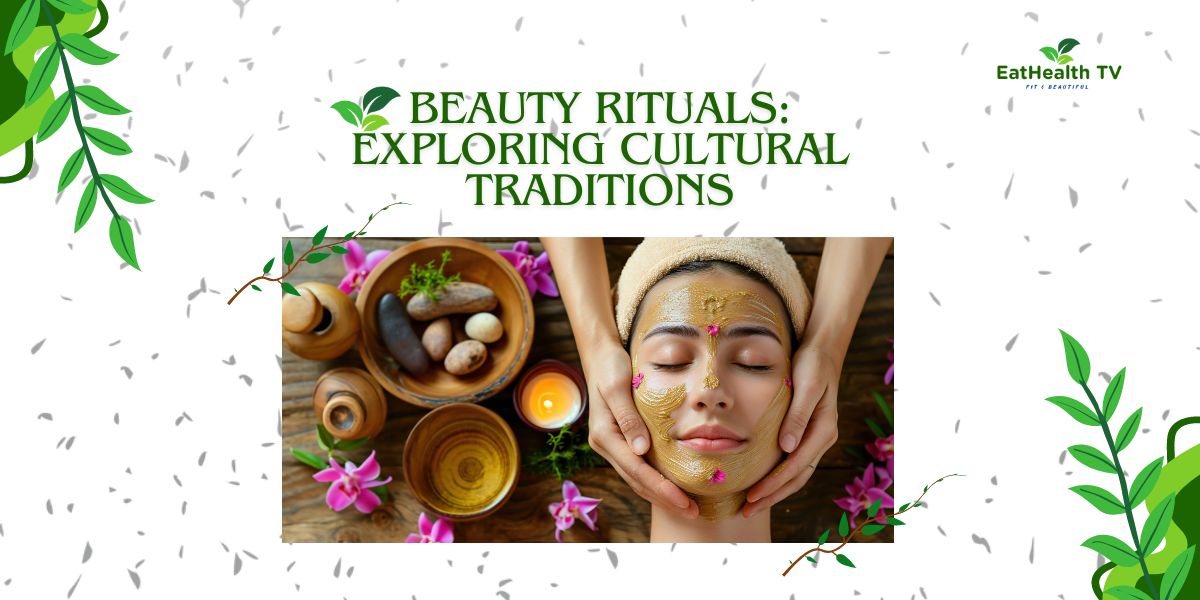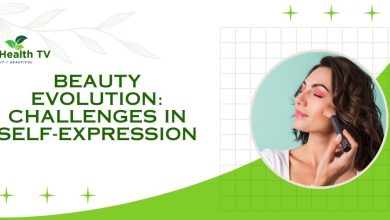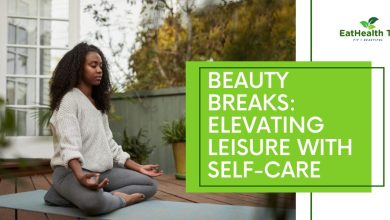Beauty Rituals: Exploring Cultural Traditions
Embracing Diversity: The Beauty of Cultural Traditions

Beauty in Rituals: Exploring Cultural Traditions
Beauty rituals have been an integral part of human culture for centuries, playing a significant role in self-expression, identity, and social interaction. From ancient ceremonies to modern practices, cultural traditions around the world have shaped the way we approach beauty and grooming. In this comprehensive guide, we will delve into the diverse and fascinating world of beauty rituals, exploring their historical significance, cultural meanings, and enduring relevance in today’s society.
Ancient Beauty Rituals: Unveiling the Secrets of the Past
- Ancient Egypt: In ancient Egypt, beauty was highly prized, and elaborate beauty rituals were an essential part of daily life. Both men and women used cosmetics made from natural ingredients such as kohl, henna, and oils to enhance their appearance and protect their skin from the harsh desert sun. Beauty rituals also held religious significance, with makeup and grooming practices associated with religious ceremonies and the afterlife.
- Ancient Greece and Rome: In ancient Greece and Rome, beauty rituals were intertwined with notions of youth, vitality, and social status. Greek women used olive oil to moisturize their skin, while Roman women applied lead-based cosmetics to achieve a pale complexion. Both cultures valued physical fitness and grooming, with activities such as bathing, exercise, and massage considered essential for maintaining beauty and health.
- Ancient China: In ancient China, beauty rituals were deeply rooted in traditional medicine and holistic wellness practices. Chinese women used herbal remedies and skincare treatments derived from plants such as ginseng, pearl powder, and green tea to achieve radiant skin and lustrous hair. Beauty rituals were also influenced by Confucian ideals of harmony, balance, and inner beauty, emphasizing the importance of self-care and holistic well-being. Just as we know How is Cultural Identity Shaping Beauty Standards?
Cultural Beauty Traditions: From East to West
- Japanese Beauty Rituals: In Japan, beauty rituals are steeped in tradition and mindfulness, reflecting the country’s rich cultural heritage and reverence for nature. The Japanese skincare routine, known as “nihonka,” emphasizes gentle cleansing, hydration, and protection from the sun. Traditional beauty practices such as “mizubari” (water-washing) and “noriwaku” (seaweed wrapping) are believed to promote clear, luminous skin and a sense of inner harmony.
- Indian Beauty Traditions: In India, beauty rituals are deeply intertwined with spirituality, Ayurvedic medicine, and traditional herbal remedies. The ancient practice of “Ayurveda” emphasizes the importance of inner balance and harmony in achieving outer beauty. Indian women use natural ingredients such as turmeric, sandalwood, and coconut oil to nourish their skin, enhance their hair, and promote overall well-being.
- Western Beauty Practices: In Western cultures, beauty rituals have evolved over time, reflecting changing ideals of beauty, fashion trends, and technological advancements. From skincare routines and makeup application to hair styling and grooming, Western beauty practices encompass a wide range of techniques and products aimed at enhancing appearance and boosting self-confidence.
The Power of Ritual: Beauty Beyond Aesthetics
- Self-Expression and Identity: Beauty rituals serve as a form of self-expression and identity, allowing individuals to showcase their personality, creativity, and cultural heritage through their appearance. Whether through traditional dress, body art, or grooming practices, beauty ritual play a vital role in shaping individual and collective identity.
- Community and Connection: Beauty rituals also foster a sense of community and connection, bringing people together through shared experiences, traditions, and values. From mother-daughter bonding over skincare routines to cultural festivals celebrating beauty and adornment, beauty rituals serve as a vehicle for social interaction and cultural exchange.
- Wellness and Self-Care: Beyond aesthetics, beauty rituals promote holistic wellness and self-care, nurturing the body, mind, and spirit. Whether through the calming ritual of a skincare routine, the therapeutic benefits of massage, or the rejuvenating effects of a spa treatment, beauty ritual offer a moment of respite from the stresses of daily life and a chance to reconnect with oneself.
Conclusion
In conclusion, beauty rituals are a universal phenomenon that transcends time, culture, and geography. From ancient ceremonies to modern practices, beauty ritual have played a central role in human culture, shaping individual and collective identities, fostering community and connection, and promoting holistic wellness and self-care. By exploring the diverse array of beauty traditions from around the world, we gain a deeper appreciation for the rich tapestry of human experience and the enduring power of rituals to enrich our lives. As we continue to celebrate beauty in all its forms, let us embrace the cultural diversity and heritage that make each beauty ritual unique, and recognize the beauty in the rituals that unite us as a global community.




